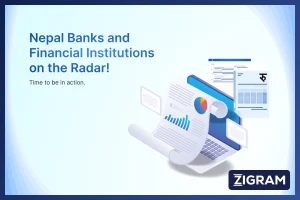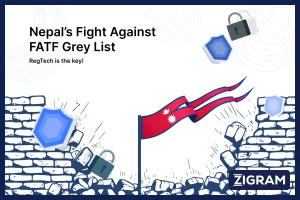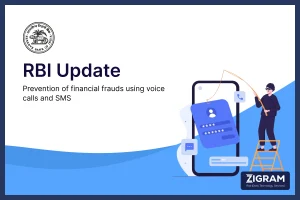On November 06, 2024, the Reserve Bank of India (RBI) revised its Know Your Customer (KYC) norms to align with recent amendments to the Prevention of Money Laundering (Maintenance of Records) Rules. These updates impact regulated entities (REs) and aim to enhance compliance and risk management. Below is a structured overview of the key changes.
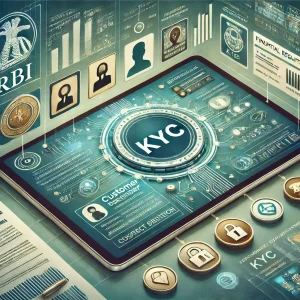
Key Changes In RBI's KYC Framework
1. Customer Due Diligence (CDD) at UCIC Level
The RBI now requires all regulated entities (REs) to apply Customer Due Diligence (CDD) at the Unique Customer Identification Code (UCIC) level (Paragraph 10(f)). This update means that if an existing customer with a completed KYC record opens a new account or accesses additional services with the same RE, a fresh CDD will not be required. This step reduces redundancy, simplifying the process for customers and allowing REs to maintain a more consolidated and secure view of customer activities across their services.
2. High-Risk Account Monitoring
In an effort to enhance monitoring of high-risk accounts, the RBI has moved the explanation that "High-risk accounts require intensified monitoring" to clarify its application to sub-paragraphs (a) and (b) of Paragraph 37. This clarification reinforces the focus on high-risk account surveillance, helping REs allocate resources to areas of greatest concern and apply appropriate anti-money laundering measures.
3. Terminology Update: ‘Periodic Updation’
To standardize and clarify the language in the Master Direction, the RBI has replaced instances of "updation" with "periodic updation" across relevant sub-paragraphs in Paragraph 38. This change underlines the necessity for REs to regularly update KYC information, ensuring customer data remains accurate, secure, and compliant with evolving regulatory standards.
4. Uploading KYC Records to CKYCR
Paragraph 56(h) mandates that REs upload or update KYC data for individual customers and legal entities to the Central KYC Records Registry (CKYCR) during the periodic KYC review or sooner if updated information is received. By centralizing KYC data, the CKYCR minimizes duplication, streamlines KYC processes across institutions, and supports a unified approach to financial compliance.
5. Timely Submissions to CKYCR
Per Paragraph 56(j) and Rule 9(1C) of the Prevention of Money Laundering (PML) Rules, REs must submit updated KYC information to the CKYCR within seven days or within a timeframe specified by the Central Government. This prompt submission process ensures that all associated REs are notified about updates, enabling them to retrieve the latest records and maintain an accurate profile for the customer.
6. Retrieving KYC Records Using the KYC Identifier
For actions like account establishment, periodic updates, or identity verification, REs should retrieve the customer's KYC Identifier from CKYCR. Additional KYC documentation is only necessary under specific circumstances, such as when:
- There is a change in the customer’s details.
- The retrieved information is incomplete.
- Downloaded documents have expired.
- Enhanced due diligence is required.
7. Designation Update under UAPA
In alignment with the Government of India's Order dated February 02, 2021, the RBI has updated the designation of the Central Nodal Officer under the Unlawful Activities (Prevention) Act, 1967 (UAPA), from “Additional Secretary” to “Joint Secretary.” This adjustment reflects the RBI’s commitment to addressing issues under UAPA, fostering greater accountability, and ensuring precise compliance with anti-terrorism financing measures.
8. Terminology Standardization in the Master Direction
Effective immediately, the Master Direction will use “paragraph” rather than “section” for consistency. This language update reinforces accuracy in communication, helping REs interpret guidelines without ambiguity.
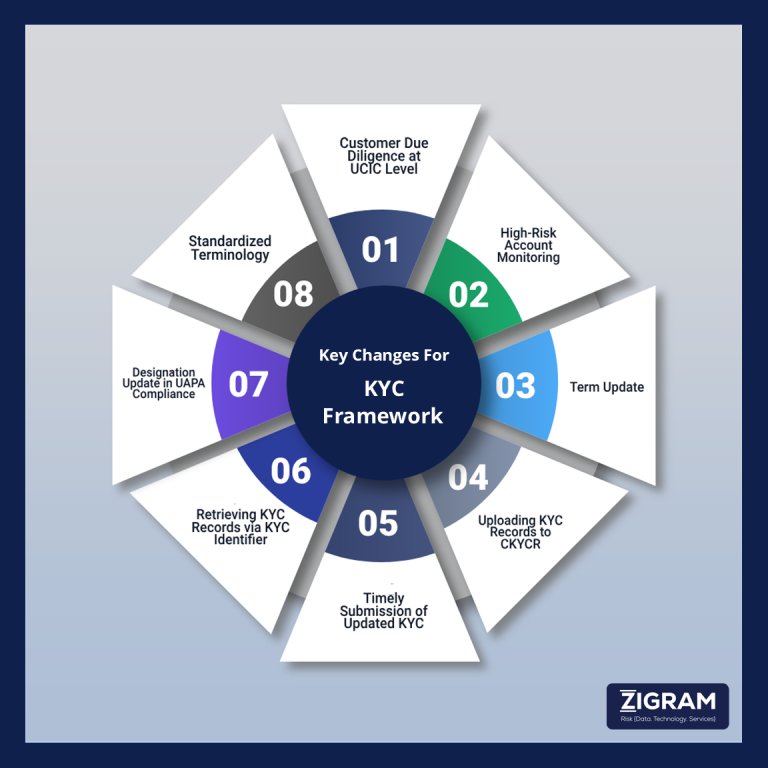
Read the full document here: Master Direction – Know Your Customer (KYC) Direction
Implications Of RBI’s Revised KYC Guidelines
1. Improved Operational Efficiency
These updates enhance data management and streamline KYC processes for financial institutions. With centralized data via CKYCR and unique customer identifiers, regulated entities (REs) can minimize redundancy, boost record accuracy, and perform compliance checks more quickly and reliably.
2. Enhanced Anti-Financial Crime Controls
By aligning India’s KYC guidelines with global AML/CFT and UAPA standards, these changes strengthen India’s commitment to combating money laundering and terrorism financing. This alignment also facilitates smoother cross-border transactions, reassuring global partners of India’s robust compliance practices.
3. Advancing Digital Governance in Financial Compliance
Emphasizing digital KYC processes and centralized records underscores RBI’s commitment to digital governance in finance. This progressive approach helps build a secure, adaptive financial ecosystem that meets global standards and addresses the complexities of an increasingly digital economy.
Broader Impact Of The Revised KYC Guidelines
- For Customers: The changes make banking interactions more convenient by reducing the need for repeated KYC submissions, offering a smoother, more user-friendly experience.
- For Financial Institutions: These guidelines demand enhanced data management and compliance practices, adding regulatory rigor for institutions. With the KYC framework aligned to AML and UAPA standards, India reinforces its dedication to preventing financial crime.
- Digital Governance Emphasis: The use of CKYCR and unique identifiers reflects RBI’s forward-thinking approach to digital governance in finance, fostering a secure and efficient financial ecosystem that can meet global economic demands.
How ZIGRAM Can Help?
1. KYC & AML Solutions
ZIGRAM’s solutions like Prescreening.io and Entity Hero streamline KYC and Customer Due Diligence (CDD) at the UCIC level, helping institutions create consolidated customer profiles and comply with RBI’s centralized compliance requirements.
2. Data Accuracy & Efficiency
With constantly updated sanctioned entity lists, extensive country watchlists, PEP databases, and adverse media coverage, institutions are empowered to conduct enhanced due diligence on high-risk accounts seamlessly. This streamlined data management reduces redundancy, ensures accuracy, and aligns with the Reserve Bank of India's (RBI) standards for Anti-Money Laundering (AML) and Countering the Financing of Terrorism (CFT).
3. Digital Compliance
Leveraging digital KYC technology, ZIGRAM solutions like Transact Comply enable real-time transaction monitoring, helping institutions keep pace with evolving global standards in digital governance.
4. Risk Mitigation & Reporting
Tools like SATOC and Doss Engine empower clients with extensive monitoring and reporting capabilities, automating reporting to KYC registries and aligning with RBI’s stringent KYC framework for timely data submission.
ZIGRAM’s solutions ensure financial institutions stay compliant, manage data efficiently, and mitigate risks in a dynamic regulatory landscape. Contact us now for cutting-edge RegTech solutions and avail a FREE DEMO!
- #KYCFramework
- #RBI
- #India
- #Compliance
- #RiskManagement

